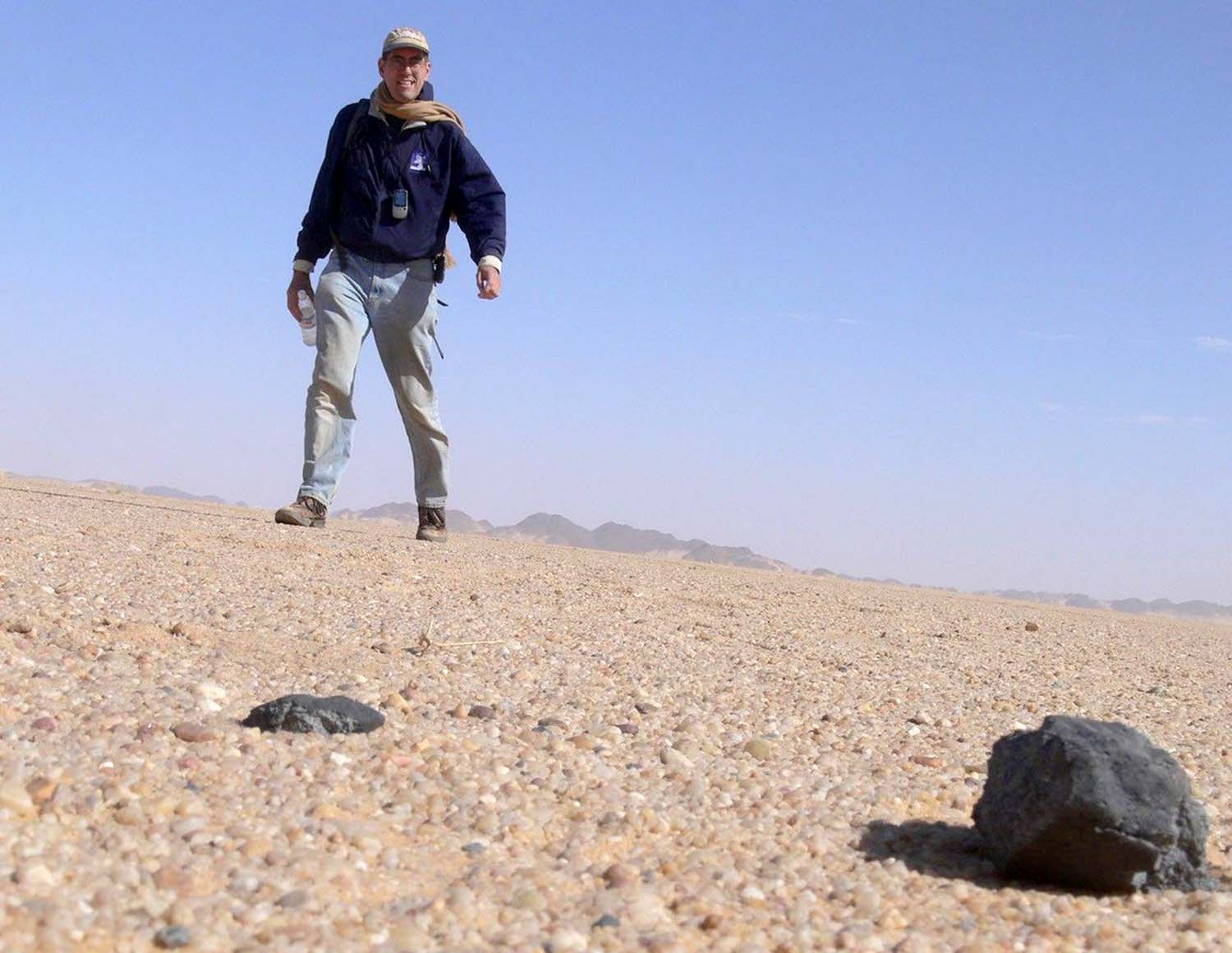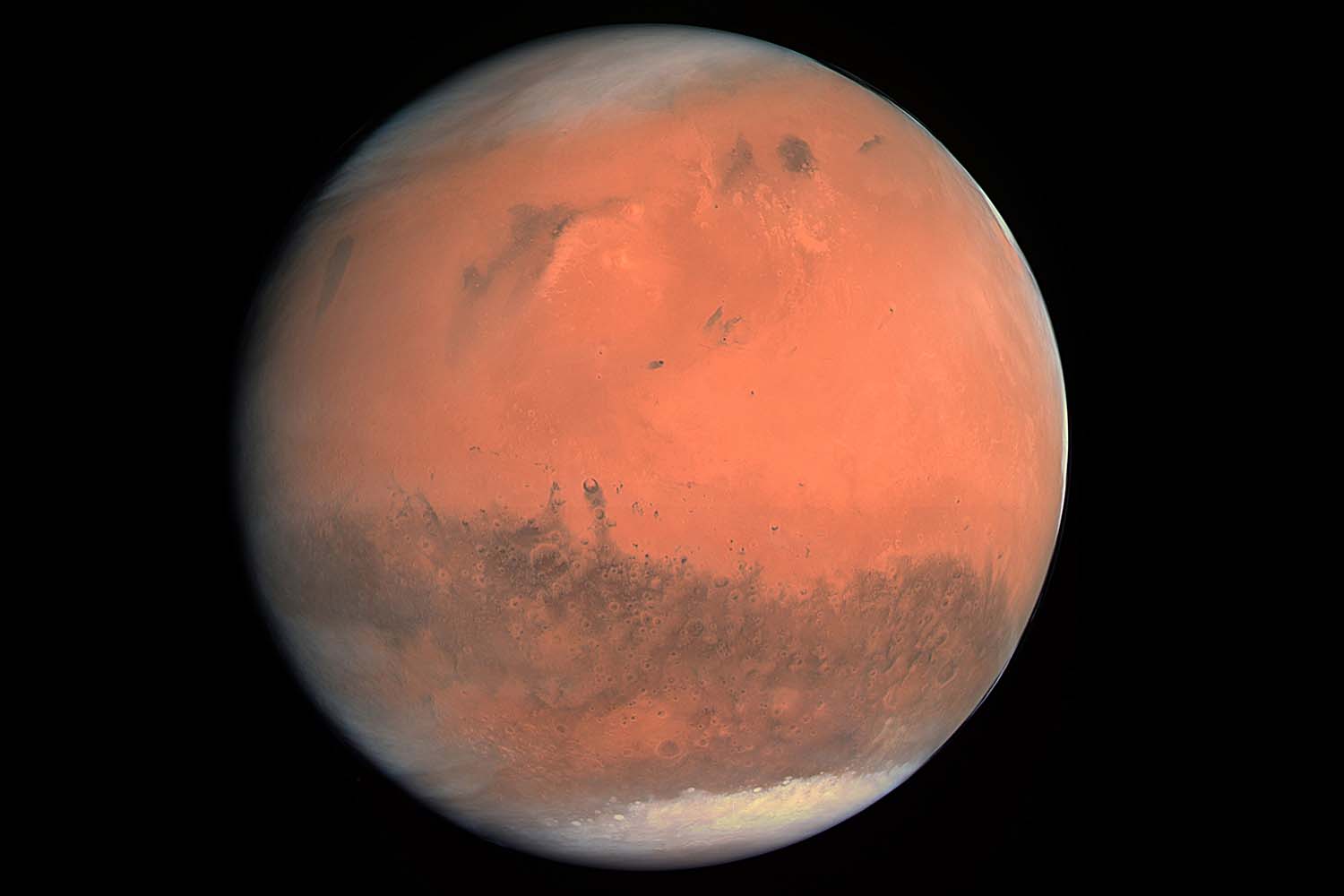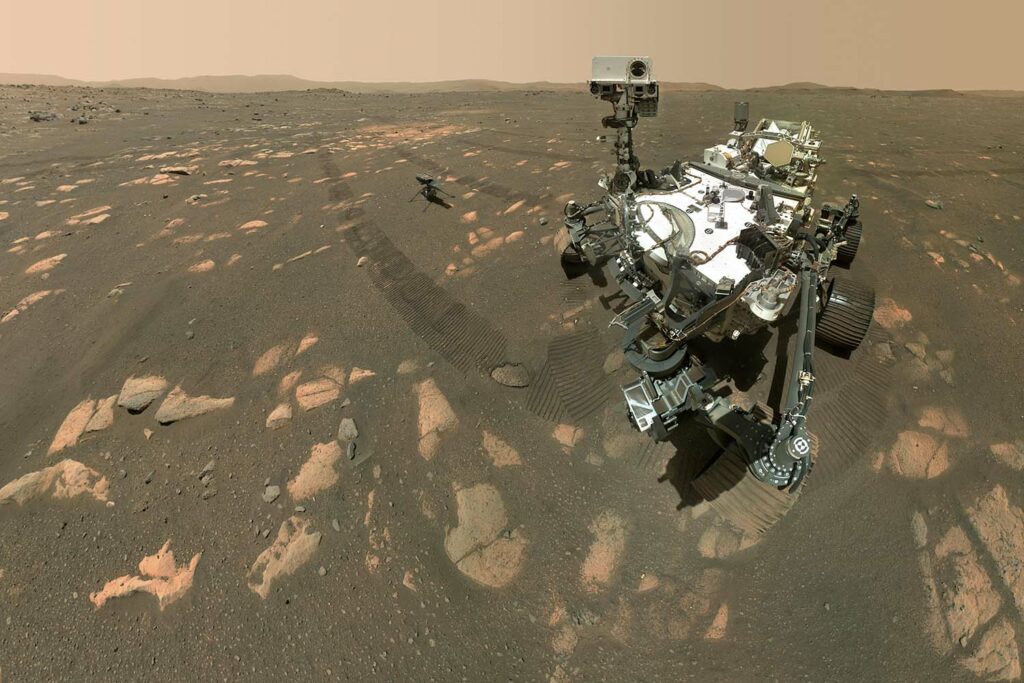Teen Discovers New Asteroid
Fourteen-year-old Daksh Malik spotted an asteroid floating between Mars and Jupiter.

© Stan Jones/stock.adobe.com
The Haleakala Observatory in Maui, Hawaii, is a telescope that observes objects in space. Daksh Malik, 14, used information from the telescope to identify a new asteroid.
Humans have been mapping the cosmos for thousands of years, and now a teenager in India has added a new feature to our expanding space map.
Daksh Malik, a 14-year-old from the city of Noida in northern India, has discovered a new asteroid floating between Mars and Jupiter. Asteroids are rocky space objects that orbit the Sun. Daksh, who has been hunting for asteroids for years through an international astronomy program, will get to name the asteroid when it’s officially added to the asteroid and comet database.
“I thought maybe I could call it ‘Destroyer of the World’,” Daksh jokingly told the Economic Times. “Or since it’s an asteroid, maybe ‘Countdown’ would be a catchy yet ominous-sounding name,” he said more seriously.
NASA, a U.S. agency responsible for space research, is completing a process to verify the new asteroid before Daksh can officially name it. For now, the asteroid is temporarily called “2023 OG40.”
Asteroid Hunting
Daksh’s astronomy journey began in 2022 when his class at school joined a citizen science program under the International Astronomical Search Collaboration (IASC). The IASC is an international group that encourages people to search for moving objects in space. Citizen science is when people who are not scientists participate in scientific research.
Through the program, people like Daksh learn to use astronomical software to analyze NASA data and time-lapse images from telescopes to hunt asteroids. The program participants comb through the data and track bright, moving objects.

NASA/JPL-Caltech/GSSR/NSF/GBO
The asteroid in these images was observed by a giant telescope in the U.S. state of West Virginia. Scientists first identified it in 2003.
When a potential asteroid is found, the coordinates are submitted to NASA, where professional astronomers check to see if the object is indeed an asteroid. Many detections do not turn out to be asteroids after all.
However, when NASA does confirm an asteroid detection is accurate, the object is labeled a provisional asteroid and given a temporary name. This is the stage 2023 OG40 is in. Further research will verify the asteroid’s orbit. Finally, the provisional asteroid can be named and added to the Small-Body Database, a catalog of asteroids and comets in space.
Since the IASC program started in 2006, participants have identified 3,800 provisional asteroids. Of that number, only 120 have been added to the catalog.
While Daksh is still waiting to learn if his asteroid will get an official name and go into the database, he said he enjoys being a young astronomer.
“It was a lot of fun to just do this exercise,” he said. “When I was looking for asteroids, I felt like I was working at NASA myself.”



